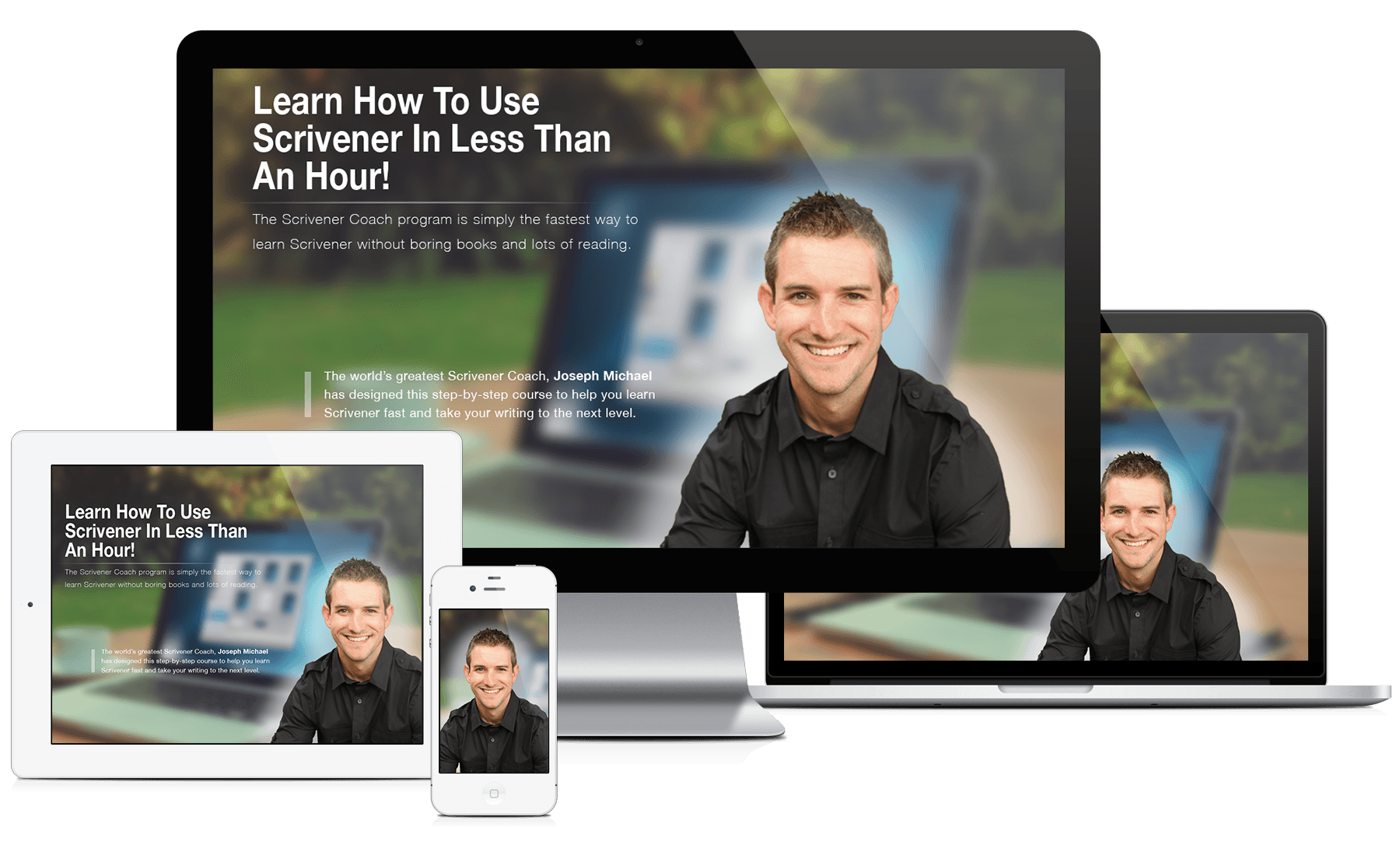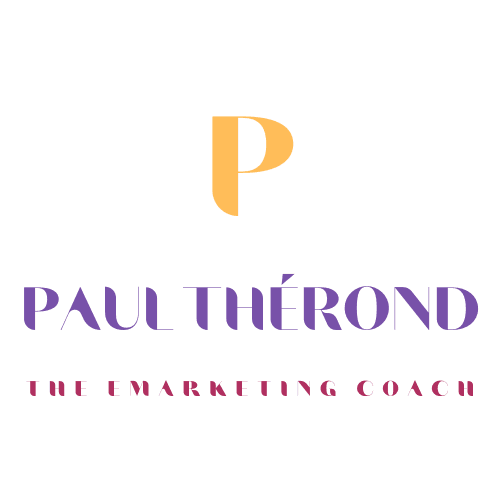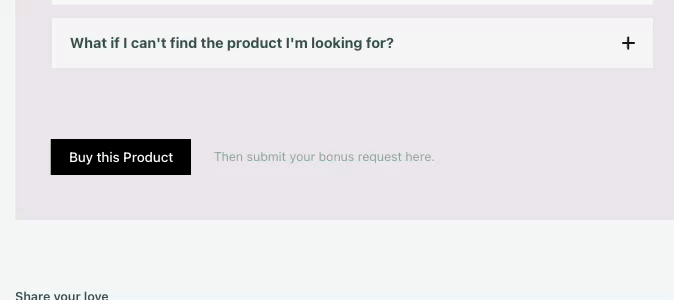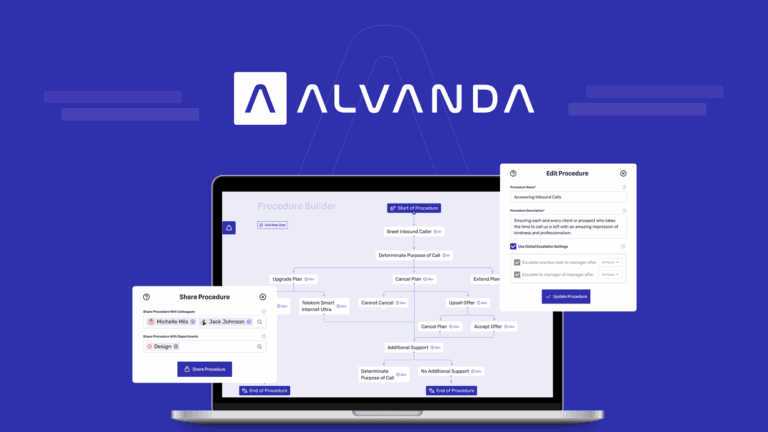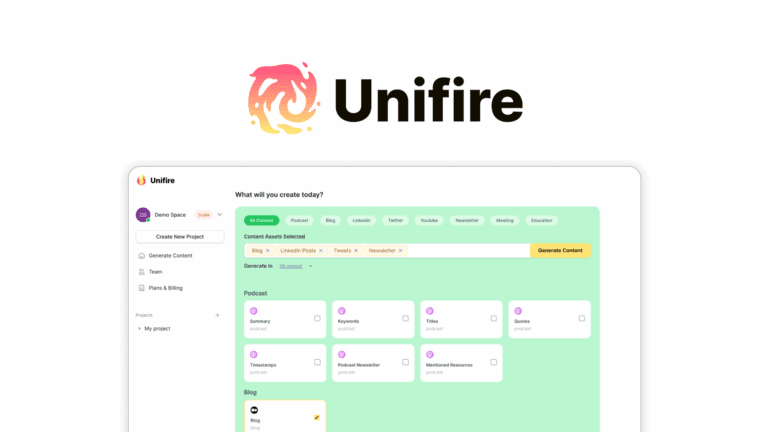The Writer’s Breakthrough
The blinking cursor taunted me, a sharp reminder of my creative paralysis. Another deadline loomed, and my manuscript looked more like a battlefield of fragmented ideas than a coherent story. I rubbed my temples, feeling the weight of months of frustration crushing my writerly dreams.
“Sarah, the publisher needs the first draft in two weeks,” my agent’s voice echoed through the speakerphone. The pressure was suffocating.
My writing process had become a nightmare of scattered notes, multiple document versions, and endless hours of disorganization. I was a novelist—supposed to be a master of storytelling—but I couldn’t even master my own writing workflow. Research papers were scattered across my desk, digital files buried in random folders, and my once-promising novel felt like an impossible puzzle with missing pieces.
The Impossible Challenge
For years, I’d struggled with traditional writing tools. Each document felt like a linear prison, constraining my creativity. I needed a system that could match the complexity of my storytelling—a way to organize research, track character development, and seamlessly move between different sections of my work.
I’d tried everything. Spreadsheets. Note-taking apps. Multiple word processors. Nothing worked. Each solution felt like forcing a square peg into a round hole, leaving me more frustrated and further from my writing goals.
My writer’s group would joke about my chaotic writing process. “How do you even keep track of everything?” they’d ask, half-concerned, half-amused. I’d laugh it off, but inside, I was drowning.
The Unexpected Discovery
It was during a writers’ conference that I first heard whispers about a transformative writing tool. Writers around me spoke in hushed, reverent tones about a software that could revolutionize how we approach long-form writing. Initially skeptical, I listened.
The more I heard, the more intrigued I became. This wasn’t just another writing app—it was a complete writing ecosystem designed to support complex creative projects. A tool that understood writers weren’t just typing words, but constructing entire worlds.
The Learning Journey
My initial approach was cautious. I downloaded the software, expecting another disappointing experience. But something felt different this time. Video tutorials guided me through each feature, breaking down complex functionalities into digestible steps.
The corkboard feature was my first revelation. Suddenly, I could visually map my entire novel’s structure. Each scene became a virtual index card I could move, rearrange, and reorganize with simple drag-and-drop actions. My fragmented narrative started taking shape.
“Wait, I can see my entire story’s arc at a glance?” I muttered to myself, stunned by the possibilities.
Research management became seamless. I could import web clippings, PDF documents, and research notes directly into my project. No more endless browser tabs or scattered documents. Everything lived in one integrated space.
Weeks turned into months, and my writing process underwent a complete metamorphosis. The split-screen feature allowed me to compare different manuscript versions simultaneously. Character development notes remained accessible without interrupting my writing flow.
My productivity soared. What used to take weeks now took days. More importantly, my creativity felt unleashed. No longer bogged down by technical limitations, I could focus entirely on storytelling.
The New Reality
When I finally submitted my manuscript, my agent was stunned. “This is the most organized draft you’ve ever submitted,” she said, reviewing the meticulously structured document.
I smiled, knowing my writing journey had fundamentally changed. It wasn’t just about a software tool—it was about rediscovering my creative potential.
Epilogue: The Writer’s Wisdom
Writing, I learned, is as much about the process as the final product. True creativity requires the right tools, the right mindset, and the courage to explore new ways of working. My breakthrough wasn’t just technological—it was deeply personal, a reminder that innovation can emerge from the most unexpected places.
In the end, the most powerful stories are the ones we tell ourselves about what’s possible.
